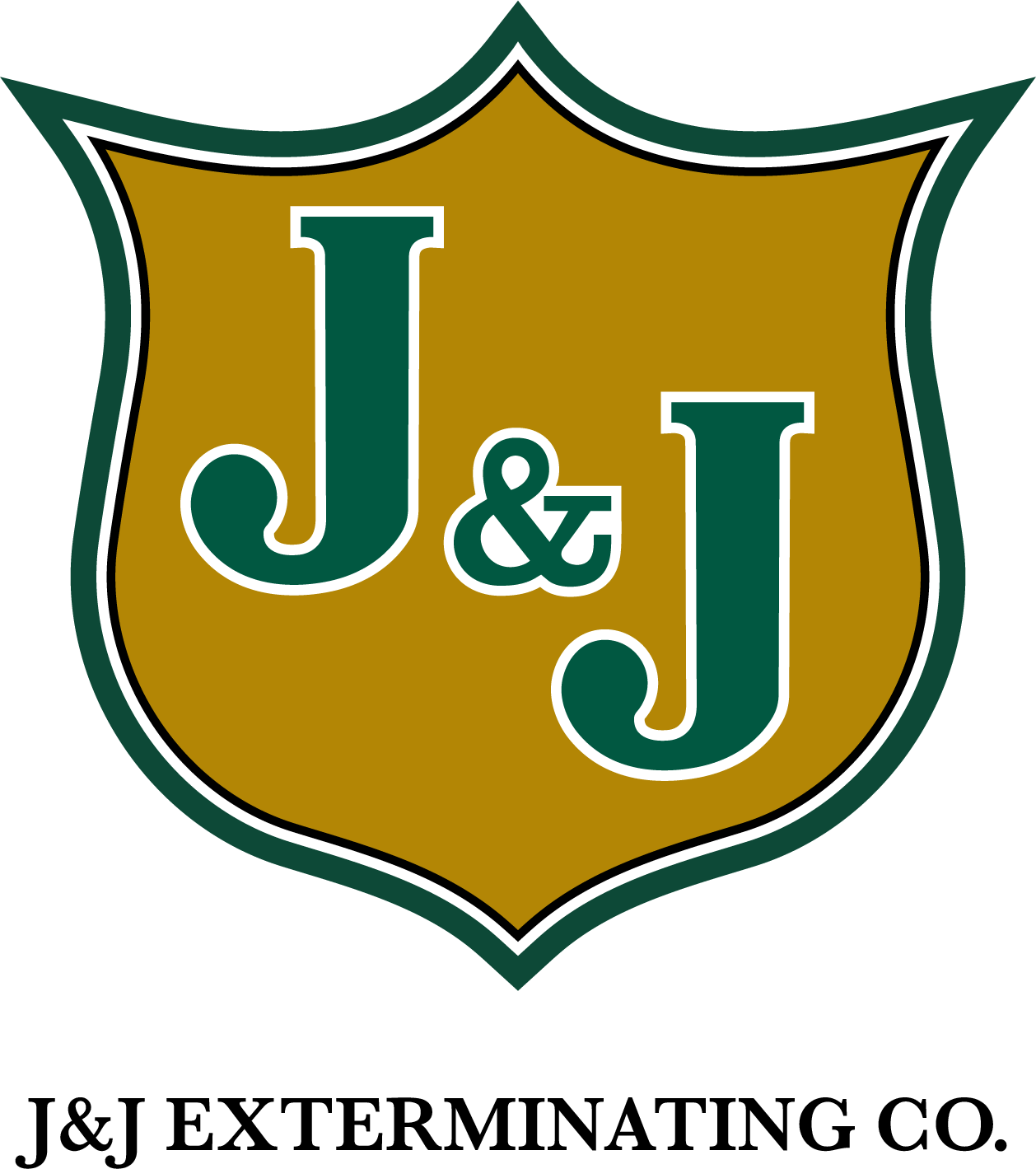Owning a home can be a blessing and a curse. While it’s nice to have a place to call your own, you are also financially responsible for the property and there are a lot of issues that can come up. Your roof might start leaking, your HVAC system might break down, or your water heater might stop working. However, one of the worst headaches you can run into is termite damage. In this article, we’re going to go over the tell-tale signs of a termite infestation and how these pests can be controlled.
The different termite species
Termites are an insect species that feeds on wood, and they do it at a very rapid pace. This makes them extremely damaging to properties that rely on wood for structural support. There are a lot of termite species in the US, but you are likely to encounter only three of them. You have subterranean termites, dampwood termites, and drywood termites. Of the three, the subterranean termites are the most destructive in the US. They build their colonies underground and use mud tubes to travel to the surface. Using these tubes, they will gain access into your home and start consuming wood.
Signs that you have an infestation
Sometimes, you might live with a termite colony on your property for a long time and not realize it. However, if you know what signs to look for, you can detect an infestation early on. These signs include:
- Damaged wood, or wood with visible holes in it. Be wary if you notice rotten wood – it is likely to attract termites.
- Buckling in wooden floors.
- Wood that sounds hollow when you tap it.
- Discoloration in your drywall.
- Bubbling or chipping paint, which looks like it has been water damaged.
- Noisy floorboards, and the flooring coming loose.
- Mud tubes near the foundation of your home.
- Cluster of insect wings around your home, particularly near doors and windows.
The termite inspection process
A pest control specialist can perform an inspection in order to determine whether you have an infestation and the extent to which termites have damaged your home if you do. It’s best to prepare for the inspection by removing any large items from the rooms which will be inspected, usually in the attic and garage, and any items that you have stored under your sinks. The inspector will look for the signs listed above, along with termite droppings and any cracks or damage in the home’s wooden structural support.
Do you have a termite infestation?
Getting rid of termites quickly is essential to saving your home from damages and having to pay thousands of dollars in repairs. If you notice any of the signs outlined in this article, contact us today, and we will schedule an inspection to see if you have termite on your property.
Tags: Termite Control, Termite Exterminator, Termite Inspection



